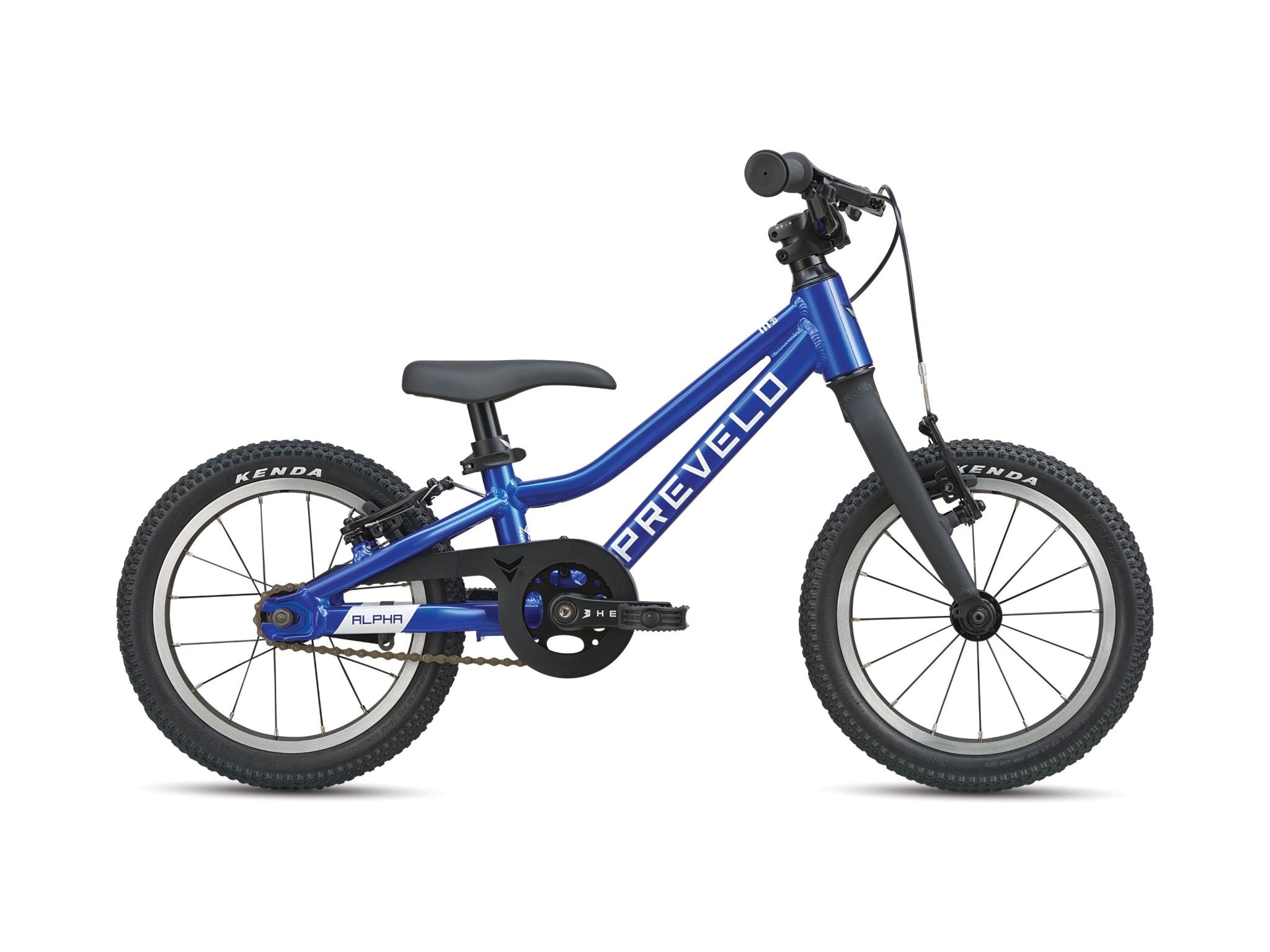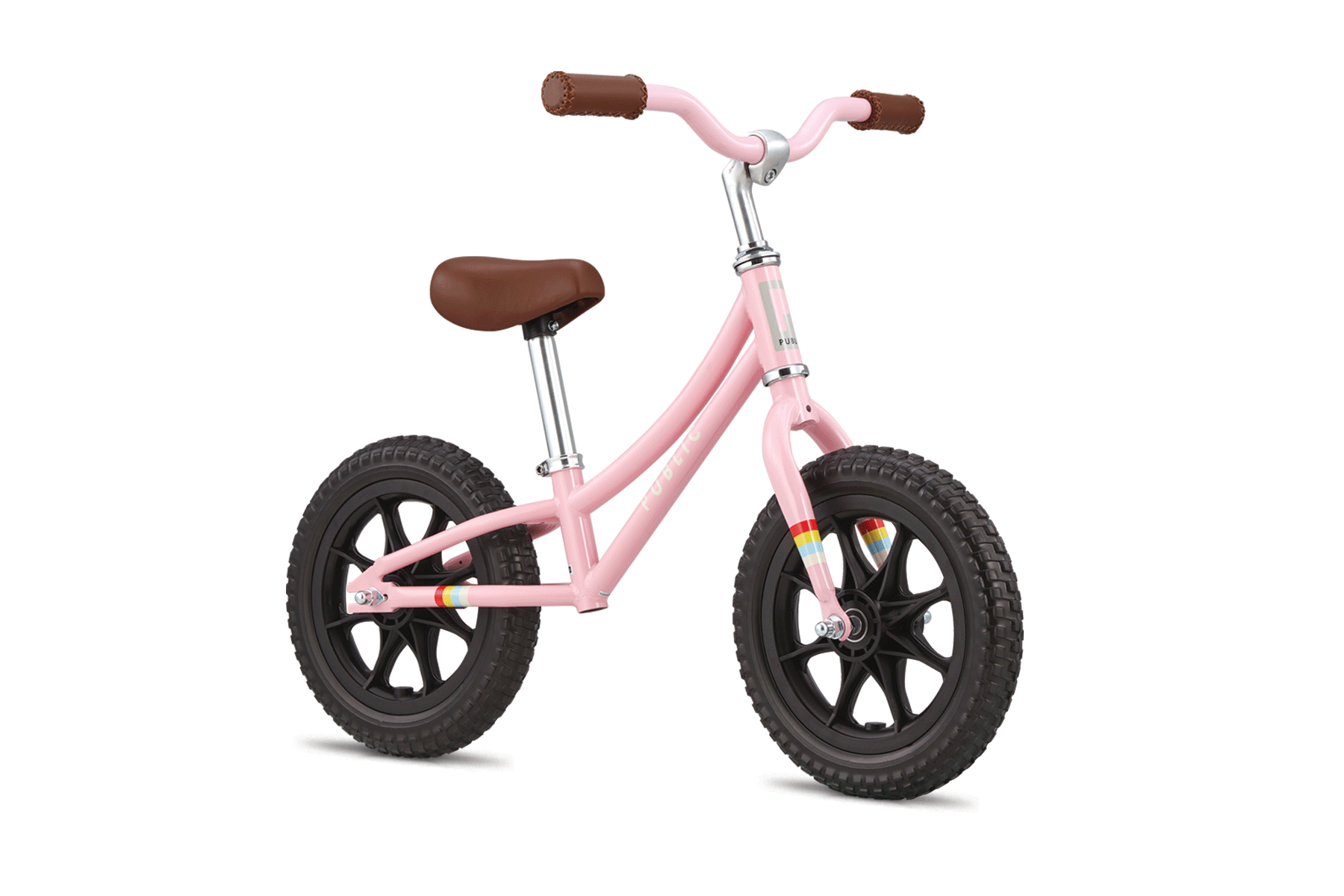Bike for Kids: The Best Options for Safe and Fun Rides
How to Select the Perfect Bike for Kids of All Ages
Selecting the perfect bike for children needs a nuanced understanding of different factors that cater to their one-of-a-kind requirements. Additionally, the type of bike can substantially affect a child's interest for riding, making it important to straighten their rate of interests with the proper model.
Understanding Bike Sizes
When selecting a bike for kids, understanding bike sizes is essential to make certain both security and convenience. The proper bike dimension straight affects a kid's capacity to regulate the bike and preserve equilibrium, which is important for their self-confidence and pleasure of riding.
Bike dimensions are typically classified by wheel diameter, with usual sizes for children varying from 12 inches to 24 inches. To identify the correct dimension, begin by measuring the youngster's inseam. This measurement aids to match the bike's seat height to the child's leg size. An effectively sized bike enables a child to place their feet level on the ground while seated, providing stability and easy dismounting.
Furthermore, take into consideration the kid's age and height when selecting a bike. More youthful kids typically require smaller frames, while older children might require larger bikes with advanced attributes. Furthermore, flexible seat elevations can accommodate development, extending the bike's use. Ultimately, making sure that the bike fits well is necessary for supporting a positive cycling experience and promoting risk-free riding behaviors. By focusing on bike size, moms and dads can lay the foundation for a long-lasting love of biking.
Necessary Safety Functions
Prioritizing crucial safety and security attributes is key to ensuring a protected riding experience for kids. When picking a bike, parents ought to concentrate on several critical security components that can significantly enhance defense while riding.

Following, think about the existence of lights and reflectors. These functions boost presence, making it less complicated for others, including vehicle drivers, to see the child while riding, specifically in low-light problems.
A durable frame made to endure effect is additionally essential. Materials such as light weight aluminum or steel can enhance toughness, making sure that the bike can endure harsh use.

Types of Bikes for Children
Selecting the best kind of bike for youngsters is essential for both satisfaction and skill growth. bike for kids. There are a number of sorts of bikes developed to meet the varying demands of young motorcyclists, each satisfying various ages and riding experiences
Balance bikes are excellent for kids and preschoolers, as they concentrate on developing balance and control without pedals. Once they grasp this ability, they can shift to pedal bikes. For children aged five to ten, traditional bikes with training wheels can give a complacency while they learn to ride separately. These bikes are available in numerous dimensions, usually varying from 12 to 20 inches in browse around here wheel diameter.
For older children, mtb offer flexibility for off-road adventures, featuring sturdy frames and thicker tires for enhanced traction. Roadway bikes, with their lightweight building and slim tires, are suitable for youngsters thinking about speed and longer adventures on paved surfaces. Last but not least, BMX bikes are made for feat competing and riding, including a durable framework and smaller sized wheels.
Comprehending these sorts of bikes assists parents pick the appropriate model based upon their youngster's age, ability level, and riding choices, guaranteeing a safe and enjoyable biking experience.
Picking the Right Design
Selecting the ideal design of bike for kids can dramatically boost their riding experience and foster a lifelong love for biking. When selecting a bike, it's necessary to take into consideration the youngster's age, skill level, and planned use.
For more youthful kids, balance bikes are an exceptional option, as they aid develop control and equilibrium without the complexity of pedaling. As they grow and obtain self-confidence, transitioning to a pedal bike with training wheels can provide a smoother introduction to biking.
For older children or those who are much more daring, mtb provide sturdiness and versatility for off-road tracks, while roadway bikes deal with those thinking about speed and longer ranges on smooth surface areas. Additionally, BMX bikes give an enjoyable choice for methods and stunts in skate parks.
Style also plays a considerable duty; bikes come in numerous shades and designs, interesting a kid's personality and choices. Ultimately, the right bike needs to match the kid's riding aspirations, guaranteeing they feel determined and ecstatic to ride regularly. By meticulously considering these factors, moms and visit the website dads can choose a bike that not only meets practical needs but likewise influences an enthusiasm why not find out more for cycling.
Tips for Maintenance and Treatment
Normal upkeep and treatment are important for keeping a kid's bike in ideal problem and ensuring a secure riding experience. To begin, routinely inspect the bike for any signs of wear or damages - bike for kids. Inspect the tires for proper rising cost of living and walk wear, as under-inflated tires can impact efficiency and security
Following, evaluate the brakes to guarantee they operate efficiently. Squeaky or less competent brakes can result in crashes. Oil the chain routinely to avoid corrosion and make sure smooth pedaling; use a bike-specific lubricating substance for finest results.
In addition, keep the bike tidy by cleaning down the frame and parts to get rid of dirt and debris. This not just improves the bike's appearance however likewise extends its lifespan.
Change the seat elevation as your kid expands to advertise correct pose and comfort while riding. Motivate your youngster to get involved in the upkeep process, fostering a sense of responsibility and care for their bike.

Conclusion
Choosing the proper bike for youngsters necessitates mindful consideration of dimension, safety attributes, and type. Making certain the bike fits the child's elevation and inseam promotes stability and convenience. Furthermore, focusing on safety components such as sturdy frameworks and dependable brakes boosts the overall riding experience. By matching the bike design to the youngster's rate of interests and making certain appropriate upkeep, a safe and pleasurable biking experience can be achieved, promoting a long-lasting love for cycling.
In addition, the kind of bike can significantly influence a kid's interest for riding, making it crucial to straighten their interests with the appropriate model. Younger youngsters usually call for smaller sized structures, while older youngsters might require bigger bikes with even more sophisticated functions. For kids aged 5 to 10, standard bikes with training wheels can give a sense of safety while they discover to ride individually. Eventually, the appropriate bike should match the child's riding aspirations, guaranteeing they really feel motivated and excited to ride regularly.Regular maintenance and treatment are crucial for keeping a kid's bike in optimum problem and ensuring a risk-free riding experience.